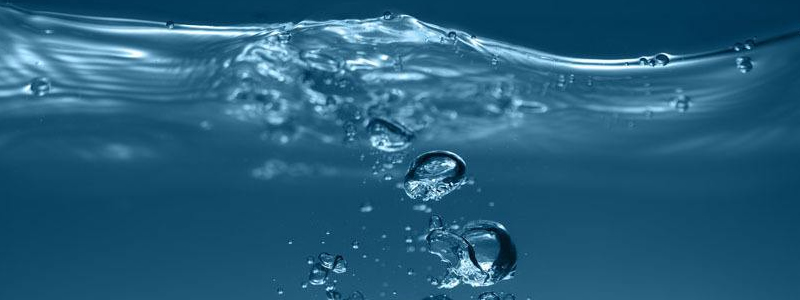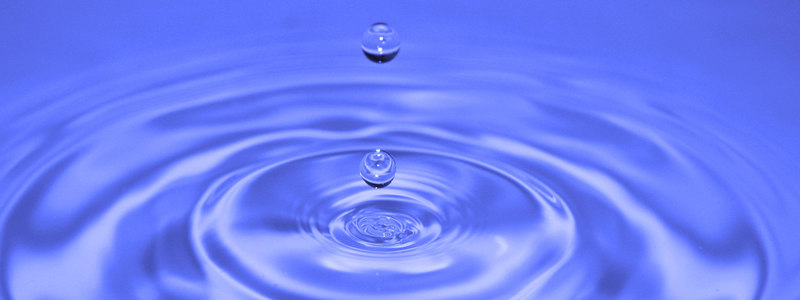
PAC for waste water treatment
PAC is a flocculant of new concept, the specific properties of which derive from the action of its basic active constituent, namely Poly Aluminium Chloride.
This is a polynuclear complex of polymerised hydro-aluminium ions, with the following general formula: { Al2 (OH)n Cl6-n }x
PAC is supplied in form of water solution or as powder, which facilitates the transport and storage operations and subsequent dosage of the reagent.
Technicians developed know-how and technologies for production plants of the following grades of PAC:
PAC 18%: mid-basicity liquid PAC, containing 17,5 ± 0,5% Al2O3, specific for waste waters and neutral sizing in paper making. It is used as primary coagulant aid for any clarifying/flocculation process relating to the treatment of surface or underground water and urban or industrial effluents.
PAC 18 is based on highly charged aluminium which results in lower dosage and therefore reduces sludge volume and pH adjustment demand. It also improves solids and/or phosphorous removal over conventional coagulants.
PAC 9% HB: high-basicity liquid PAC, containing 9 ± 0,5% Al2O3, specific for potable waters.
PAC 9 is based on highly charged aluminium which results in lower dosage and therefore reduces sludge volume and pH adjustment demand. It also improves solids and/or phosphorous removal over conventional coagulants.
PAC 30%: mid-basicity powder form, containing 30 ± 0,5% Al2O3.
Production process
The PAC 18% production process lines in the batch etching reaction of alumina with an acqueous solution of hydrochloric acid.
The reaction takes place in a glass-lined reactor equipped with internal agitator. During reaction the reactor temperature is controlled and at end of reaction the reaction product is discharged into an holding tank.
The discharged product is maintained in agitation and non reacted alumina and insolubles are separated by filtration.
The clarified product is transferred into vessels where the product is taken to standard specification. To this scope water, hydrochloric acid, aluminium sulphate can be mixed into the product according to market specifications.
A venting system assures the collection of vent discharges for storage tanks and safety valves.
The liquid effluents, mainly acid waters, are collected into a holding tank from which they are recycled to the production plant.
Using sulphuric acid instead of hydrochloric acid, Aluminium sulphate solution (Alum) can be produced with the same process.
The PAC 9 HB, production process is obtained by reaction of PAC 18% with aluminum sulphate and a basifier, using a GFRP reactor and a mixer-mill of particular design.
The reaction is carried out at room conditions and production filtration is not required.
PAC applications
Water treatment - The poly aluminium chloride (PAC) is used for settling of solid particles present into drinkable waters and for the flocculation of civil and industrial effluents. It has also a high antibactericide effect, due to the presence of chlorine into the product formula, and can be utilized for large range of pH and with higher turbidity.
Paper manufacture - The main features of PAC are its high Al2O3 content and polymeric nature, which give rise to products of hydrolysis characterized by a high molecular weight and a large number of positive electric charges able to interact with the cellulose fibers and size, optimizing the sizing phase and the retention of fibers.
For more information or Inquiry about this product, please contact us :
TIAN@CHEM.NET
 Previous
Previous  Next
Next Get answers and advice from people you want it from.